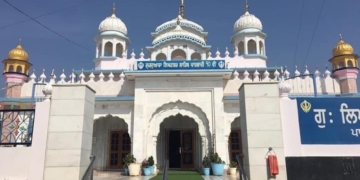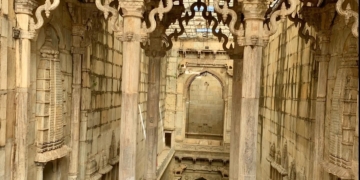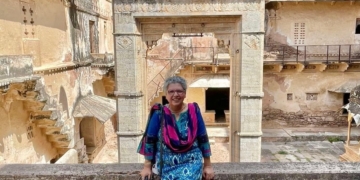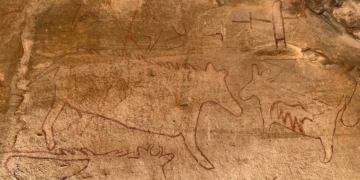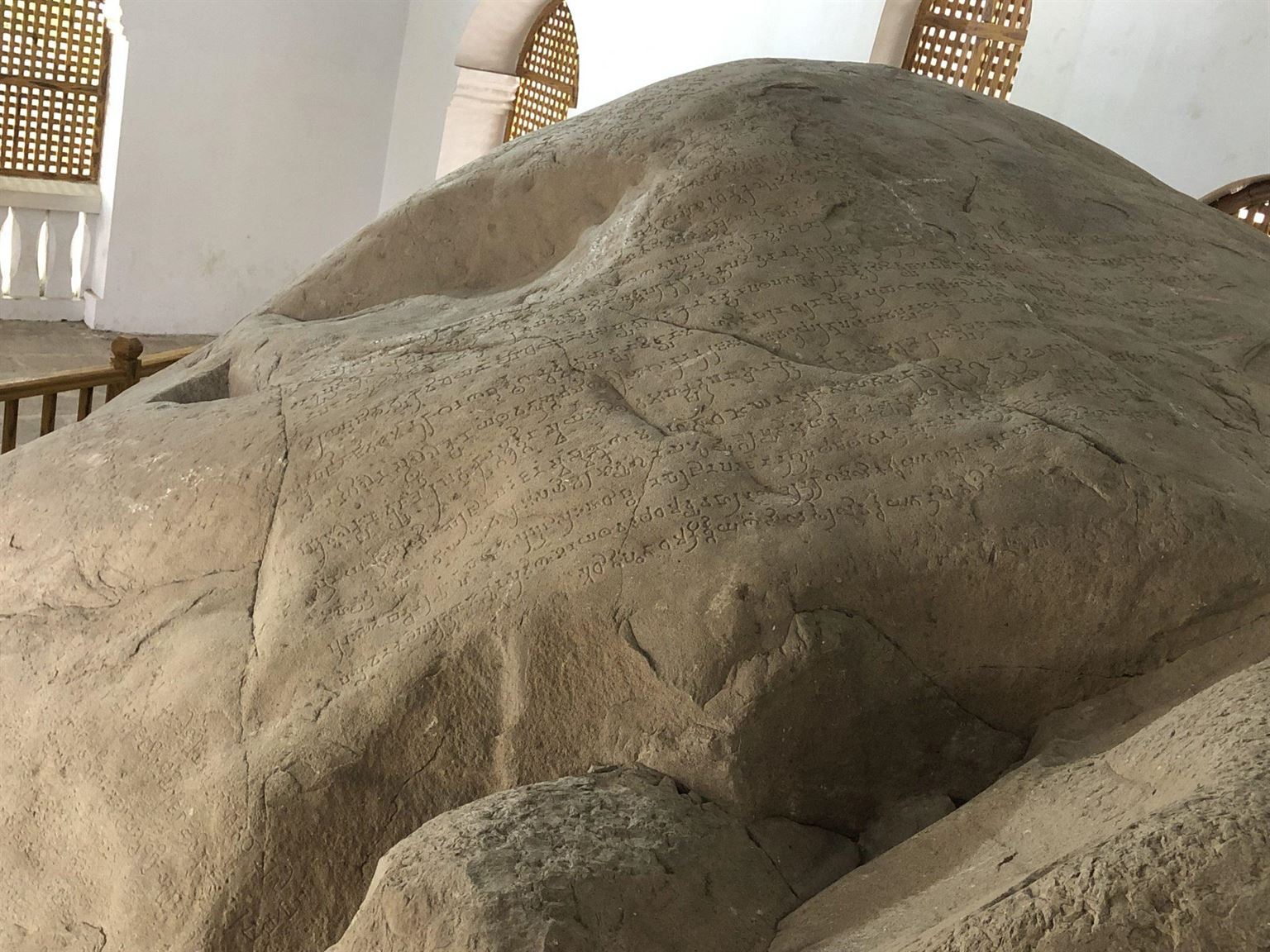“On each occasion one should honour another man’s sect, for by doing so one increases the influence of one’s own sect and benefits that of the other man; whileby doing otherwise one diminishes the influence of one’s own sect and harms the other man’s. Again, whosoever honours his own sect or disparages that of another man, wholly out of devotion to his own, with a view to showing it in a favourable light, harms his own sect even more seriously. Therefore, concord is to be commanded, so that men may hear one anothers principles and obey them.”
( Ashoka’s edict on the Girnar Rock Edict )
In 1822 Colonel James Todd stumbled upon an important piece of Indian history on the foothills of the mount it was found in: the Girnar Rock Edict.

He described it as : “a huge hemispherical mass of dark granite, which like a wart upon the body has protruded through the crust of mother earth, without fissure or inequality, and which by the aid of ‘iron pen’, has been converted into a book.”
Todd had the writing on the edicts faithfully copied and sent to the great scholar James Princep in 1837.
Princep decoded the Brahmi script in which they were written with an iron implement /pen.. He also discovered and established that the Orissa rock edict and the Girnar edict were basically identical and helped establish Ashoka as a genuine historical figure.

Photograph of the Ashoka Inscription on a rock at the foot of the Girnar Hill, near Junagadh, in Gujarat, from the Archaeological Survey of India, taken by D.H. Sykes in 1869.
(British Library)

The rock bearing an important Ashoka edict was found beside the path leading up to Mount Girnar. The protective building around the edicts was built in 1900 by Nawab Rasool Khan of Junagadh and repaired and restored in 1939 and 1941 by the later rulers.
It has now been housed in a lovely building. As soon as one enters one sees the rock looking like a sleeping elephant. Iteasures ten meters high and seven meters circumference. A wooden staircase leads the visitor to the top of the rock.
The earliest inscriptions on the rock are from the 3rd century BC (257 BC) with an edict of the Maurya emperor Ashoka.
http://www.katinkahesselink.net/tibet/asoka1.html#3rd_Major
( can be read here)
There are 14 major Ashokan inscriptions in Girnar and with minor differences are similar to those found in other places in India.
“King Devanampriya Priyadarsin speaks thus. (When I had been) anointed twelve years, the following was ordered by me. Everywhere in my dominions the Yuktas, the Lajuka, (and) the Pradesika shall set out on a complete tour (throughout their charges) every five years for this very purpose, (viz.) for the following instruction in morality as well as for other business.”
“Meritorious is obedience to mother and father. Liberality to friends, acquaintances, and relatives, and toBrahmanasandSramanasis meritorious. Abstention from killing animals is meritorious. Moderation in expenditure (and) moderation in possessions are meritorious.
And the councils (ofMahamatras) also shall order the Yuktas to register (these rules) both with (the addition of) reasons and according to the letter.”
ttps://en.wikipedia.org/wiki/Major_Rock_Edicts
Junagadh, the area under which the rock edict comes was the captial of Gujarat in the 2nd-4th centuries under the Kshatrapa rulers. The two later records in Sanskrit added by Rudramanin AD 150 and by Skandguptain AD 450 are the earliest known classical Sanskrit edicts.
They are on the lower part of the rock.
https://en.wikipedia.org/wiki/Major_Rock_Edicts

Junagadh, the area under which the rock edict comes was the captial of Gujarat in the 2nd-4th centuries under the Kshatrapa rulers. The two later records in Sanskrit added by Rudramanin AD 150 and by Skandguptain AD 450 are the earliest known classical Sanskrit edicts.
They are on the lower part of the rock.

They record the repairing of irrigation systems damaged in severe storms.
There is mention of Sudarshan Lake and a dam built by Chandra Gupta Mauryan.
Girnar hills has many sacred spaces of both the Jains and Buddhists. There are many Buddhist caves in the Junagadh Fort as well as town.
There are many Jain temples, from the 12th to 15th centuries, built on a ridge at Mount Girnar.
Twenty secondTeerthankar–BhagvanNeminathspent his life on and around Girnar.
The famous Dattareya Temple on top of Mt Girnar is very popular and is accessed by climbing 10,000 steps!




